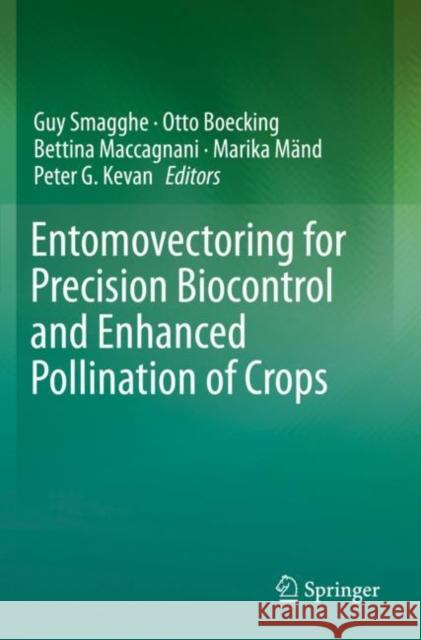Entomovectoring for Precision Biocontrol and Enhanced Pollination of Crops » książka
topmenu
Entomovectoring for Precision Biocontrol and Enhanced Pollination of Crops
ISBN-13: 9783030189198 / Angielski / Miękka / 2021 / 277 str.
Entomovectoring for Precision Biocontrol and Enhanced Pollination of Crops
ISBN-13: 9783030189198 / Angielski / Miękka / 2021 / 277 str.
cena 724,58
(netto: 690,08 VAT: 5%)
Najniższa cena z 30 dni: 693,97
(netto: 690,08 VAT: 5%)
Najniższa cena z 30 dni: 693,97
Termin realizacji zamówienia:
ok. 22 dni roboczych
Dostawa w 2026 r.
ok. 22 dni roboczych
Dostawa w 2026 r.
Darmowa dostawa!
Kategorie:
Kategorie BISAC:
Wydawca:
Springer
Język:
Angielski
ISBN-13:
9783030189198
Rok wydania:
2021
Wydanie:
2020
Ilość stron:
277
Oprawa:
Miękka
Wolumenów:
01











